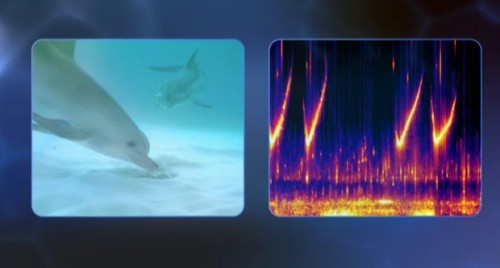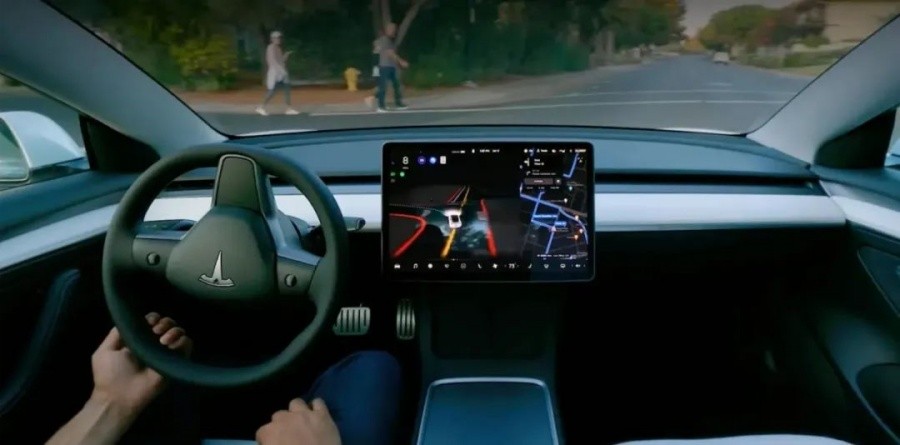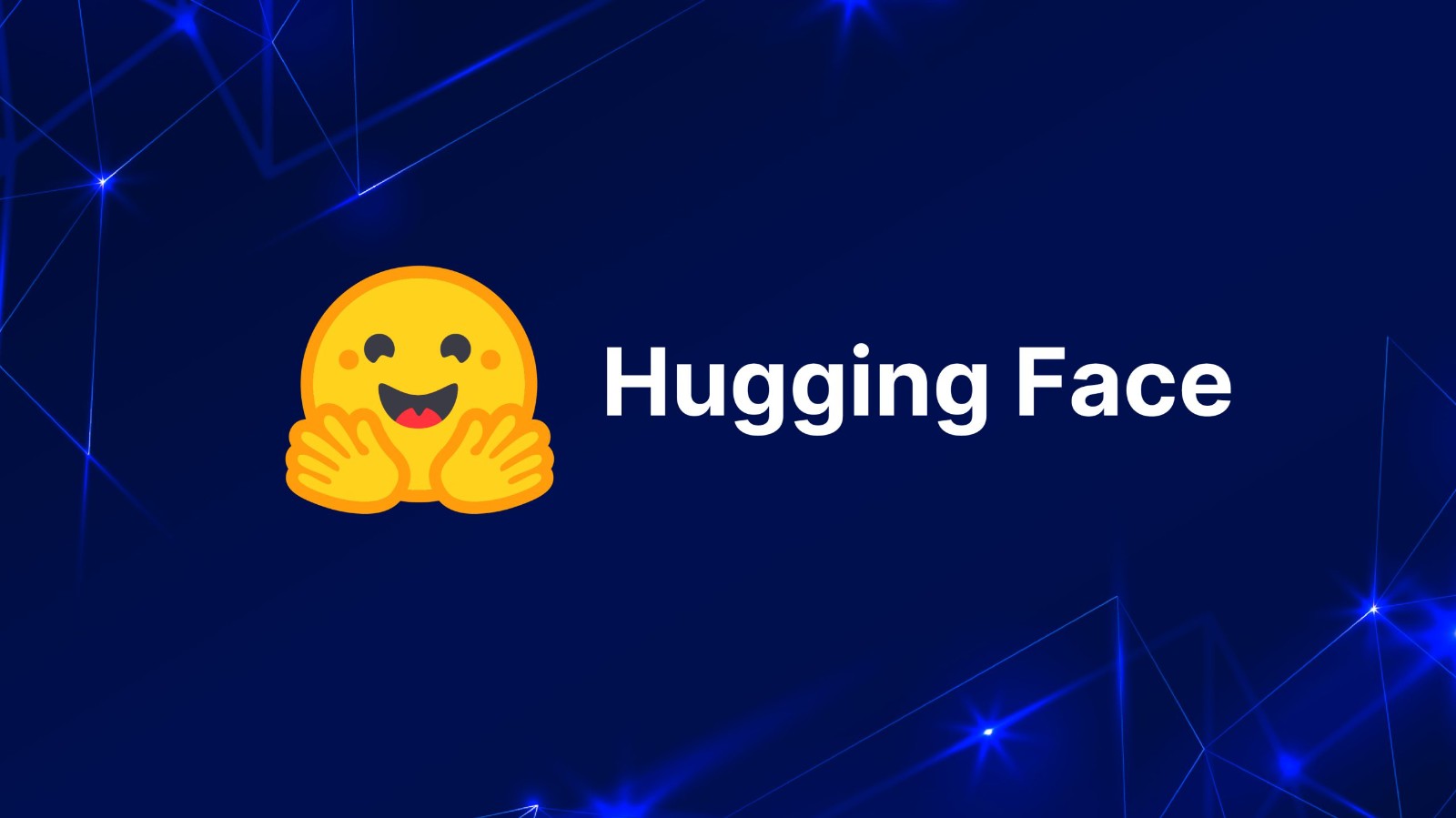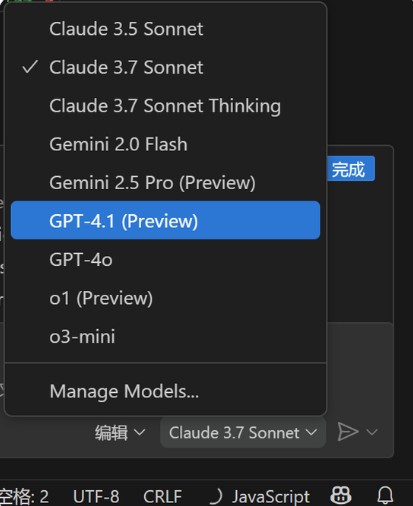IllustreijL: A Semireal Anime AI Image Generator
IllustreijL is a semireal anime image generator utilizing a blend of Illustrious checkpoint merging. Showcase images were created using Euker a, with 30 steps, Hires x 1.5, and Clip skip 1 for the first set of images and 2 for the second. Image resolutions are approximately 720x1280 and 1040x1520 respectively. For enhanced detail at further distances, an ADetailer is recommended.
Image Generation Comparison:
The following prompts were used to illustrate the differences in output:
Prompt 1: masterpiece, best quality, 1girl, woman, witch, face, portrait, looking at viewer, closed mouth, simple background, worst quality, bad quality
Prompt 2: realistic, masterpiece, best quality, 1girl, woman, witch, face, portrait, looking at viewer, closed mouth, simple background, worst quality, bad quality
Prompt 3: realistic, masterpiece, best quality, 1girl, woman, witch, face, portrait, looking at viewer, closed mouth, simple background, dark background, worst quality, bad quality
These examples highlight the impact of prompt engineering on the final image. We hope this provides a clear understanding of IllustreijL's capabilities.



